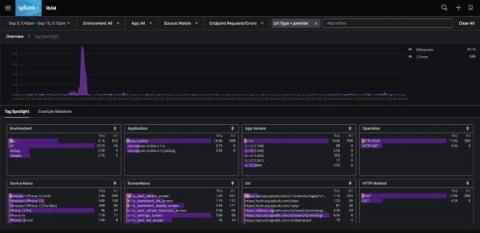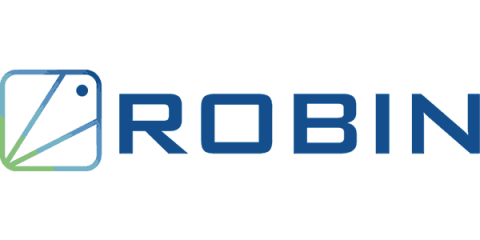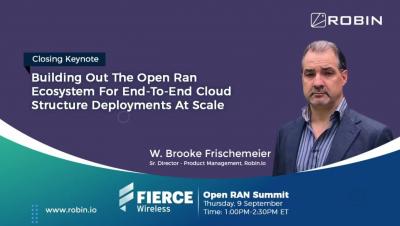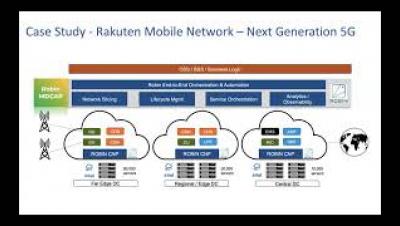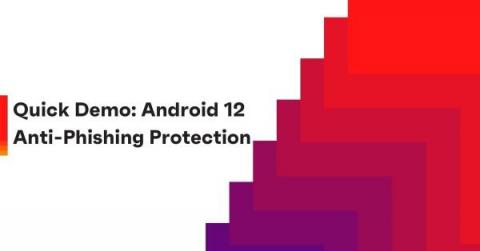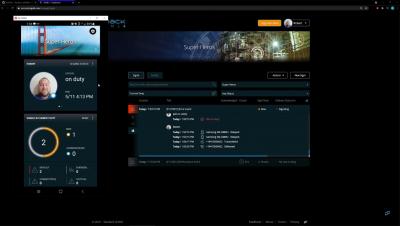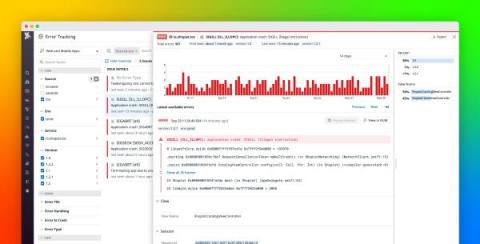Announcing the General Availability of Splunk Mobile RUM for Native Mobile Apps
As the world increasingly works, buys, and communicates through native mobile apps. In 2020 there were 218 billion new app installs globally, 13.4 billion from the US alone. The challenge, while iOS and Android applications make up significant portions of user traffic and business, engineering teams and monitoring tools are split between mobile app and backend developers; this creates siloed visibility on how changes to the app or backend components impact each other, and end user experience.


